Civil Rights
George Washington Carver
Early Learning

George Washington Carver was born in Diamond, Missouri "about two
weeks before the War closed" (Civil War). His parents were both slaves. Through many struggles he got a good education for himself and lifted his people up. He accomplished many amazing and interesting things. Through it all, he lived the life and felt the struggles of a black in American.
Throughout his life George had a thirst for learning. It was a struggle to go to school for him, but he went. And, he got a good education. As a boy he wanted to go to school. He wanted to know how things grew. Carver wanted to know about plants. He loved things that were in nature and learned all about them. He also had a green thumb. This means that he loved to grow things. Nature was his laboratory or place of learning. He experimented with plants and studied them closely. He always wanted to make or help things grow well.
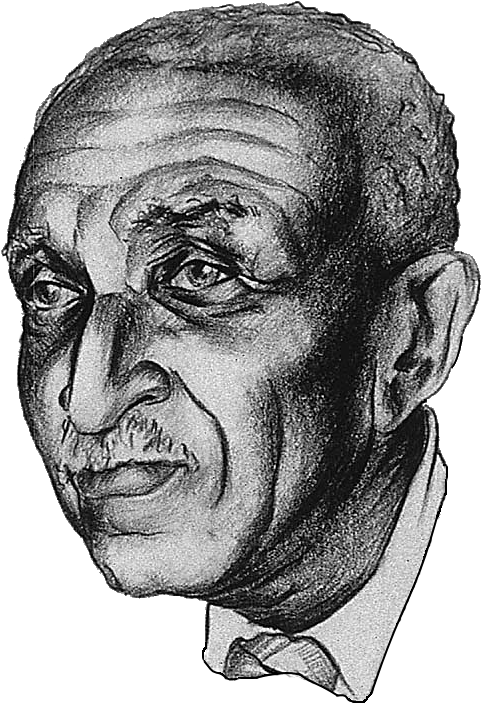
As a boy, Carver wanted to go to school, but he couldn't. The school in town was for the white children only. He learned that schools were segregated. He also learned, at an early age, about the Jim Crow Laws. Blacks could not go to the same places that whites could go. Blacks could not do the same things that whites could do.
Another thing George learned was how to work hard. His mother and father were slaves, and he was born into a setting, or place, where you had to work hard. When he was young he got very sick with whooping cough. He was so sick that they would not send him out in the fields to work with his older brother. Instead he learned how to do the things around the house. He had to wash the clothes and do many other jobs. What he learned about working served him well. When he left home and went out on his own he was able to use his working skills to take care of his needs. He was able to earn and pay his way.
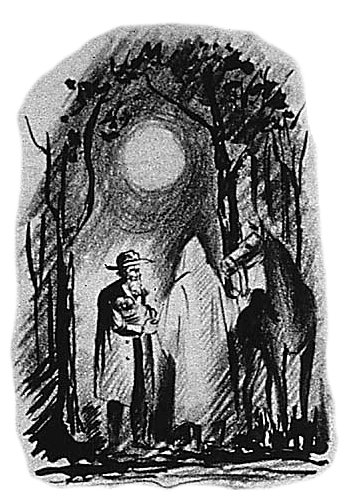
How did George Washington Carver get his name? It is an interesting story. He got his first name from his mother, Mary. His last name came from his mother's owners, Susan and Moses Carver. His middle name was one that George picked out. When he was living in Minneapolis, Kansas, there was another person with the same name, George Carver. Because there were two with the same name in the same town, George added a middle initial (W). Then a friend told George that he was as honest as George Washington. This gave George an idea. He began to call himself George Washington Carver.
Missouri was a rough place to live when George was a boy. This was especially true if you were black. As a child, George, his sister, and his mother were stolen away from their home one night. Of that night George later said that they were "ku kluxed". Moses Carver tried to get them back but was not able to get George’s mother and sister back. By trading a $300 race horse, Moses was able to get George back. The mother and sister were lost to this robbery. Aunt Susan and Uncle Moses, as George would call them, took care of him until he left their home and went out on his own. George did not know his father, a slave on a nearby farm. His father died about the time George was born. Life brought cruel lessons for George to learn.
Out on His Own
When he was old enough, George moved out on his own. He moved to Neosho, Missouri to go to school. There was a school for black children, so that was where he went. Susan and Moses had taught George and his brother what they could. They were opposed to slavery, and George wanted to learn more. The Civil War was over, and the country was going through reconstruction. He also drifted here and there for a period of time. He was trying to find his place. He had learned to work hard, and it paid off. He earned the money he needed by washing clothes and doing other jobs.

It was in Minneapolis, Kansas that George went to high school. He lived there for four years. He was liked by the other students because he was smart and worked hard. He would borrow books, and the bank loaned him money to start a laundry business. He set up his tubs and went to work in a place called 'Poverty Gulch.' With hard work he was able to go to school again and pay his way.
After high school George applied at a Presbyterian college in northeast Kansas. He was accepted, but when he went to the school, Highland College, the president would not let him attend. George was black. Through it all George Washington Carver refused to let discrimination and segregation stop him from moving forward.
In 1886, George Carver became a homesteader in western Kansas. He found and took on a section of land and farmed it. He built a sod house that was 14 feet square. Its thick walls, cut from the prairie floor, made a cool place in the summer and a warm one in the winter. He even weathered the Blizzard of 1888.
Goes to College
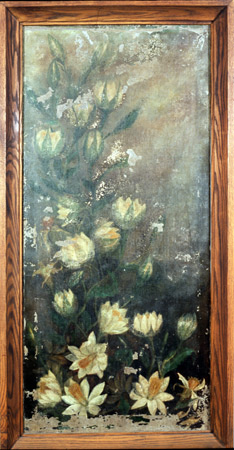
In 1890, George started college. He had been accepted into Simpson College. It was in Indianola, Iowa. He did well and thrived there. He was the only black student at the college. Using his washing and work skills again he scraped out a living. He got two things out of his time there. He got an education, and he got acceptance. He had classes for five subjects. One class was English. They called it English composition and grammar. Another class was arithmetic. And the others were singing, piano, and painting. His fellow students made him feel like a real human being.
 He did especially well at drawing. He also did experiments on plants in his free time. He would make new varieties (or types) of plants. He experimented with the grafting of plants. He would work on improving their quality. He even worked with plant fertilizers. He loved this college experience.
He did especially well at drawing. He also did experiments on plants in his free time. He would make new varieties (or types) of plants. He experimented with the grafting of plants. He would work on improving their quality. He even worked with plant fertilizers. He loved this college experience.
Then in 1891, he left Simpson College and went to Iowa State College of Agriculture and Mechanical Arts. At the time, he was their first and only black student.
Like he had done in other places, George worked his way through school again. He lived off of what he could make from his work. He refused to take money from anyone. He would use the stubs of pencils that other students were throwing away. For paper he would use left-over wrapping paper that he had or that he could find. Because of his tight budget, Carver would go out and gather food. He knew what plants to eat. He found berries, herbs, and dandelions. There were also wild onions, greens, and mushrooms that were good and safe to eat.

Carver stayed in Ames, Iowa (Iowa State) for five years. He studied and excelled in botany (the science of plants) and horticulture (the science of growing food and ornamental plants). He was active and did many things on campus. He was warm-hearted with others and did things with enthusiasm, or energy. In 1894 he received a Bachelor of Science degree, a first for a black student at that school. Two years later he finished earning a Master’s degree.
Years at Tuskegee
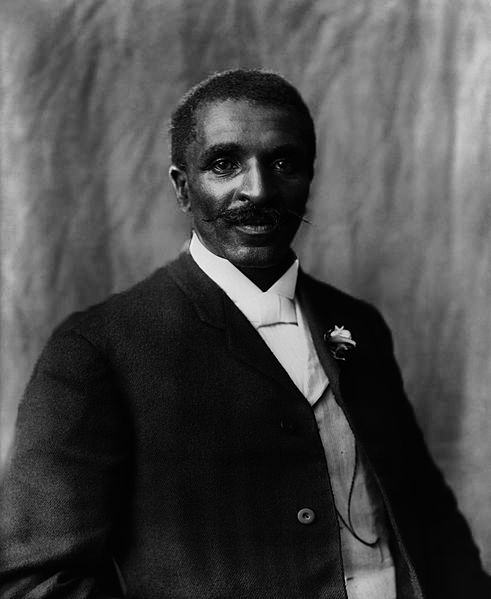
After graduating with his master's degree, George was offered a teaching job at Tuskegee Vocational School in Alabama. Perhaps he could have continued as a teacher at Iowa State if he had wanted, but he wanted to work for Booker T. Washington. Booker T. Washington was a well-known black leader and the president of Tuskegee. Carver wanted to be of the greatest good to the greatest number of people as he could be. He wanted to help his people and to teach at Tuskegee. And that is what he did, for 47 years.
George Washington Carver had two important goals at Tuskegee. First he wanted to teach his people to restore their ruined land. And second, he wanted to restore their beaten-down selves. The land had been worn out by bad farming practices. He also found himself affected deeply by bad laws. There were laws like Plessy vs. Ferguson (1896). Separate but equal was the rule. His people lived in unequal conditions.
Carver was a good teacher at Tuskegee. When he got there, he was given many responsibilities. The other things he was asked to do were in addition to his teaching.
Other Responsibilities at Tuskegee
He . . .
 Headed the agriculture department.
Headed the agriculture department.
Wrote reports.
Served on committees.
Held and attended meetings.
Cared for the grounds, buildings, and sanitary deposits.
Cared also for the fields, pastures, orchards, barns, beehives, sheep, chickens, cows, and pigs.
Wrote bulletins and pamphlets for people in remote places.
Provided a moveable school (First by wagon then by truck).
Carver's Character Traits
He . . .
What was George Washington Carver like as a person? Read and think about these interesting things about him.
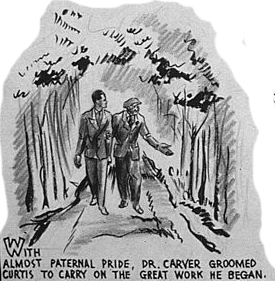
Searched out the truth.
Thought deeply about things.
Used science to understand the world.
Didn’t record things well (notes, formulas, etc.)
Misplaced things. For example, he would receive pay checks that he would set aside somewhere and forget about.
Taught and lectured well.
Inspired others to learn.
Believed that all things were connected in nature.
Used inspiration in his research. He felt like the more knowledge one has or gets the greater the inspiration that can come to a person. These are creative ideas that come to mind, flashes of ideas that flow to you.
Helped people with their ailments. He would use peanut oil and massage therapy. Many people regained strength and movement as a result of his treatments.
Interests He Had-
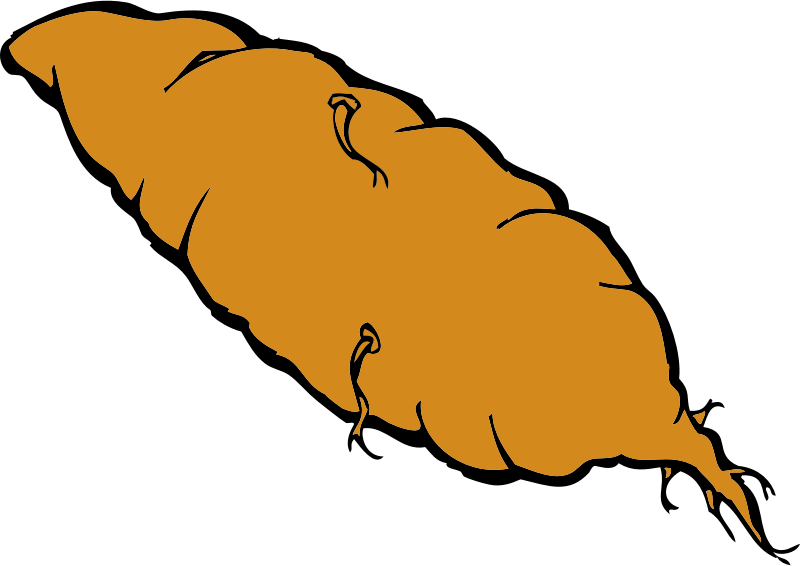
Fix worn out soils naturally (recycle and renew).
Use science in farming practices.
Make rubber from sweet potatoes.
Make plastic from soybeans.
Make many things from peanuts (300).
Do the greatest good for the greatest number of people.
 Tuskegee Bulletin #31 (1916)- "How to grow the peanut, and 105 ways of preparing it for human consumption."
Tuskegee Bulletin #31 (1916)- "How to grow the peanut, and 105 ways of preparing it for human consumption."
Tuskegee Bulletin #51 was a recipe for peanut butter.
Highlights in His Life-
Both parents were slaves
Kidnapped by robbers
Traded back to Carvers for a $300 race horse
Became an orphan
Testified before Congress about many uses of peanuts
Received the Spingarn Medal for outstanding achievements from the NAACP
Called the Goober Wizard (Peanuts are called goobers.)
Also called the Sage of Tuskegee
Things He Made Out of Peanuts-
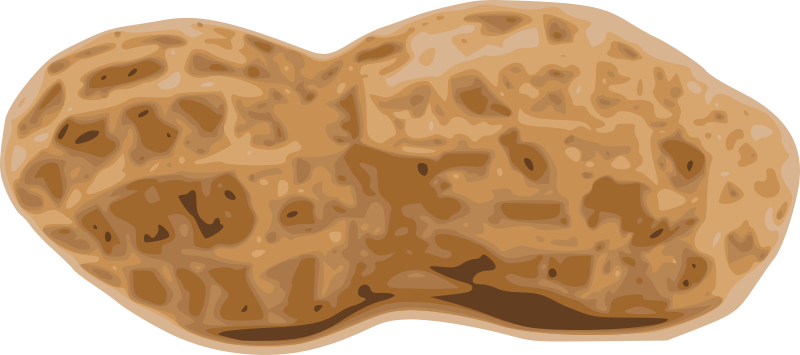
Printers ink
House paint
Milk substitutes
Cosmetics
Lubricating oil
Plastics
Wallboard
Abrasives
Paper
Soap
Glue
Dyes
Massage oils
Gravestone Inscription-
He could have added fortune to fame, but caring for neither, he found happiness and honor in being helpful to the world.

Reading resources
© Reading-SocialStudiesSolutions
Text Credits:
The Groundbreaking, Chance-Taking Life of George Washington Carver and Science and Inventions in America by Cheryl Harness- Went to high school and lived in 'Poverty Gulch,' p. 4; He said they were "ku kluxed," p. 36; Accepted but not admitted into Highland College, p. 43; Classes and experience at Simpson College, p. 52; Used science to understand the world, p. 127;
A Man for all Seasons, The Life of George Washington Carver by Stephen Krensky
Image Credits:
George Washington Carver experiments by Charles Henry Alston through NARA 608px NARA - 535696- Wikimedia Common;
Drawing of George Washington Carver by Charles Henry Alston through National Archives Records Administration 03-0140a;
Ku kluxed drawing by Charles Henry Alston through National Archives Records Administration 03-0140a;
Clothes line by Johnny Automatic-800px- Openclipart.org;
Carver oil painting through NPS Treasures Museum- Wikimedia Commons;
Write with paper and pencil by Dannya- Openclipart.org;
Graduation boy silhouette-1.0.0-800px by Maiconfg- Openclipart.org;
Carver potrait picture by Frances Benjamin Johnston through Library of Congress- Wikimedia Commons;
Beehive-800px by Firkin- Openclipart.org;
Carver and Austin Curtis by Charles Henry Alston through NARA 608px NARA - 535696- Wikimedia Commons;
Sweet potato by Johnny-automatic-yam-800px- Openclipart.org;
Page image by Arnon Allred;
Peanut-inkscape-colour-800px by Lordoftheloch- Openclipart.org
 He did especially well at drawing. He also did experiments on plants in his free time. He would make new varieties (or types) of plants. He experimented with the grafting of plants. He would work on improving their quality. He even worked with plant fertilizers. He loved this college experience.
He did especially well at drawing. He also did experiments on plants in his free time. He would make new varieties (or types) of plants. He experimented with the grafting of plants. He would work on improving their quality. He even worked with plant fertilizers. He loved this college experience. 






 Headed the agriculture department.
Headed the agriculture department. 

 Tuskegee Bulletin #31 (1916)- "How to grow the peanut, and 105 ways of preparing it for human consumption."
Tuskegee Bulletin #31 (1916)- "How to grow the peanut, and 105 ways of preparing it for human consumption." 
